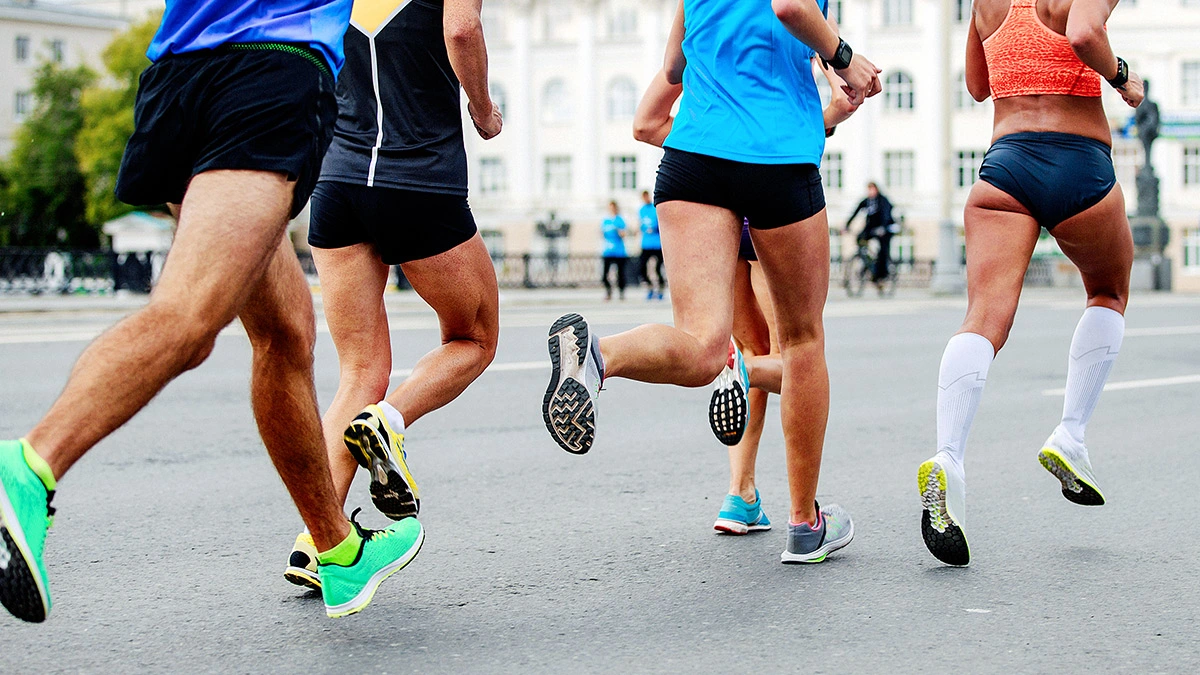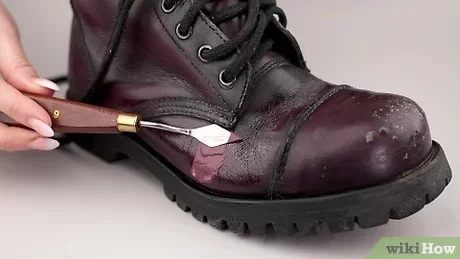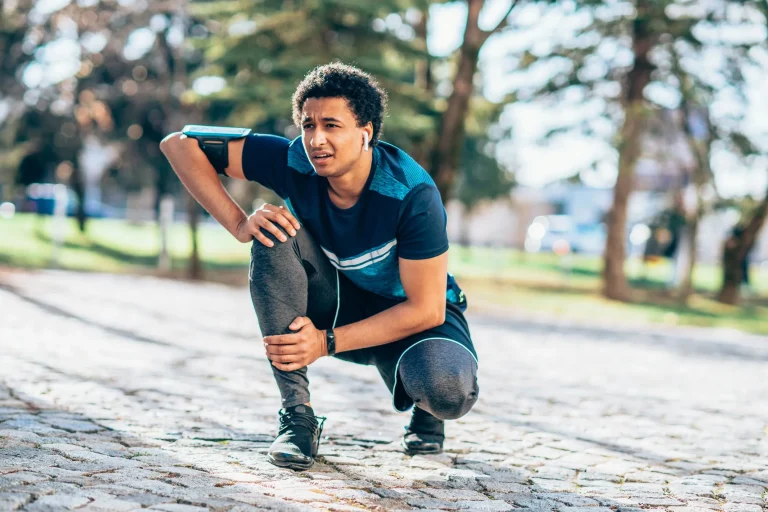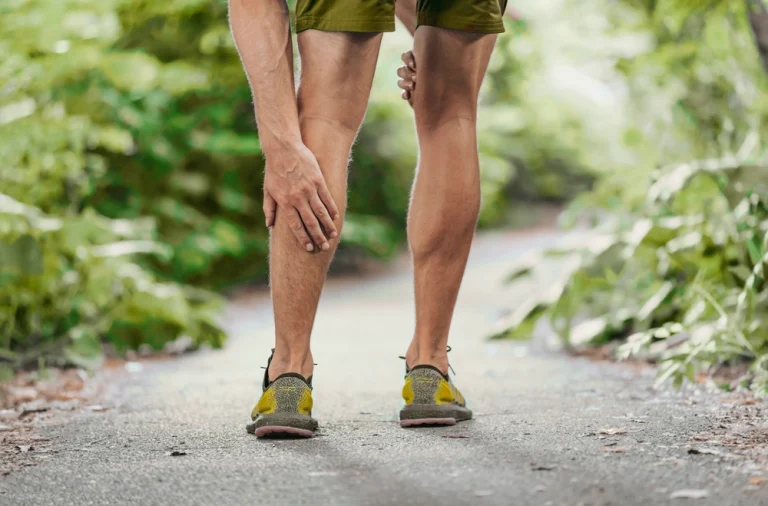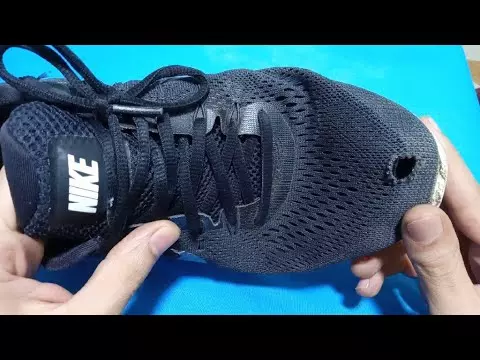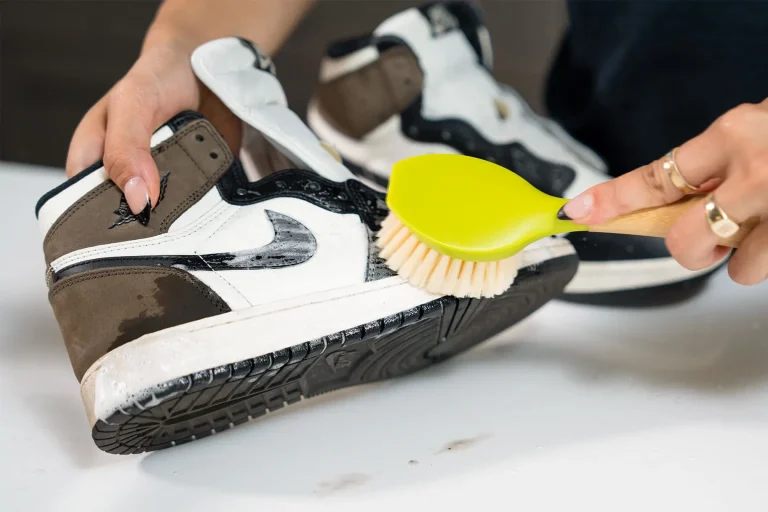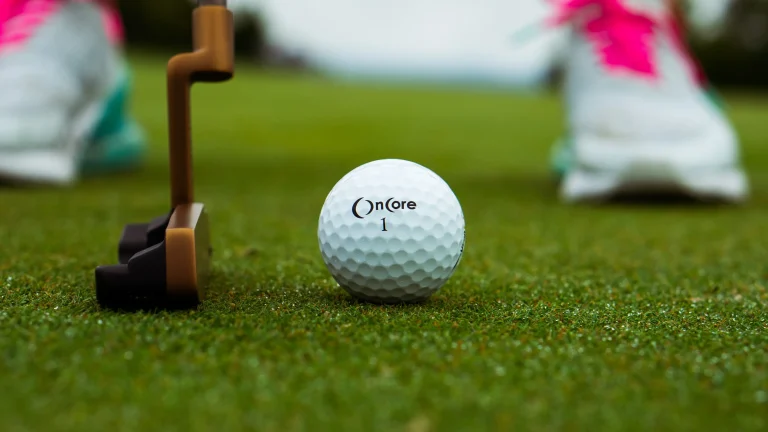Can Running Shoes Be Too Soft? Expert Advice
Running shoes are an essential piece of equipment for runners, providing comfort, support, and protection during their workouts. However, the question arises: can running shoes be too soft? While cushioning is often seen as a desirable feature, excessively soft shoes can potentially lead to a range of issues. In this article, we will explore the concept of running shoes being too soft, examine the potential drawbacks and benefits, and offer insights into finding the right balance between cushioning and support for optimal performance and injury prevention. Whether you’re a seasoned runner or just starting out, understanding the impact of shoe softness is crucial for making informed decisions about your footwear.
“I like to run at a steady pace and usually do a longer run at the weekend”
What Are Maximalist Running Shoes?
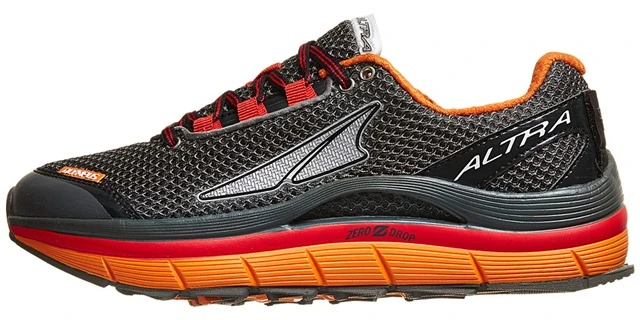
Maximalist running shoes are a type of running shoe that features significantly more cushioning than traditional running shoes. They are designed to provide enhanced shock absorption and impact protection, particularly for long-distance runners or those seeking extra comfort during their runs.
Maximalist shoes typically have thick midsoles with ample cushioning materials, such as foam or gel, throughout the entire length of the shoe. This increased cushioning aims to distribute the forces of impact more evenly, reducing stress on the joints and muscles. The purpose of maximalist shoes is to provide a plush and cushioned ride, allowing runners to experience a softer landing and potentially reducing the risk of certain injuries. They are often favored by runners who prioritize comfort and are looking for a more forgiving running experience.
A Brief History of Maximalist Running Shoes
Maximalist running shoes have gained popularity in recent years, but their origins can be traced back to the early 2000s. The concept of maximalist cushioning was pioneered by a French company called HOKA ONE ONE, founded in 2009 by Jean-Luc Diard and Nicolas Mermoud.
HOKA ONE ONE introduced their first maximalist shoe in 2010, featuring an oversized midsole with generous cushioning. This design aimed to provide maximum shock absorption and a smoother ride, particularly for long-distance runners and those recovering from injuries. The initial release of the Hoka One One shoes sparked interest among runners seeking a different running experience. The brand’s success led to the emergence of other companies developing their own versions of maximalist shoes, expanding the options available to runners.
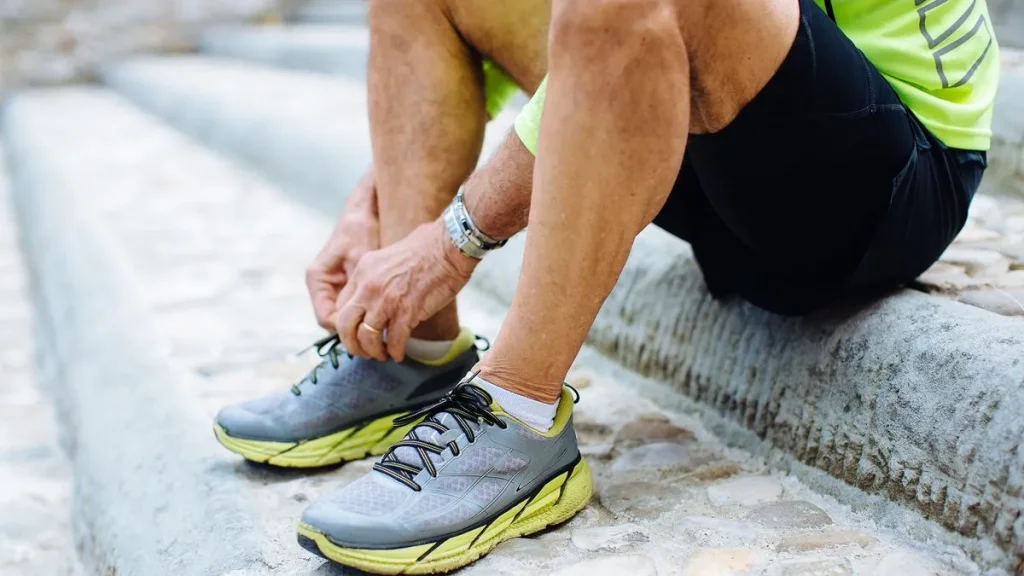
Maximalist shoes gained attention in the running community as an alternative to traditional minimalist shoes, which had been popularized earlier. While minimalist shoes focused on a more natural and minimalistic approach, maximalist shoes offered a different philosophy by prioritizing cushioning and impact protection. Since their introduction, maximalist shoes have continued to evolve. Manufacturers have experimented with different cushioning materials, midsole designs, and weight reduction techniques to improve performance and address the needs of various types of runners.
Today, maximalist running shoes are widely available from multiple brands, offering a range of options to cater to different preferences and running styles. They have become a viable choice for runners seeking enhanced cushioning, comfort, and protection during their runs, particularly for longer distances or on challenging terrain.
Downsides of Maximalist Running Shoes
While maximalist running shoes offer several benefits, they also have some potential downsides that runners should consider:
Weight
Maximalist shoes tend to be heavier than traditional running shoes due to the extra cushioning and materials used. This added weight can impact running efficiency and may not be ideal for runners who prioritize speed or prefer a lighter shoe.
Reduced ground feel
The thick cushioning in maximalist shoes can limit the sensation of the ground beneath your feet. Some runners prefer a more connected and responsive feel, which may be compromised with the increased cushioning of maximalist shoes.
Adaptation period
Transitioning from traditional running shoes to maximalist shoes may require an adjustment period. The increased cushioning and altered running mechanics can affect your gait and muscle engagement. It’s important to gradually introduce maximalist shoes to your training routine to allow your body to adapt.
Stability and agility
The higher stack height and softer cushioning in maximalist shoes can potentially reduce stability and agility, especially on uneven or technical terrains. Runners who require precise foot placement or engage in activities that demand quick changes in direction may find maximalist shoes less suitable.
Cost
Maximalist shoes often come with a higher price tag compared to traditional running shoes. The advanced cushioning technologies and materials used contribute to the increased cost, which may be a consideration for budget-conscious runners.
Benefits of Maximalist Running Shoes
Maximalist running shoes offer several benefits that make them a popular choice among runners. Here are some of the advantages of wearing maximalist shoes:
Do higher-cushioned running shoes actually reduce injuries?
The relationship between higher cushioned running shoes and injury prevention is a topic of ongoing debate and research within the running community. While higher cushioning can provide benefits such as shock absorption and impact reduction. It does not guarantee injury prevention on its own.
Several factors contribute to the risk of running-related injuries, including biomechanics, training volume, running form, and individual differences. While cushioning can help to reduce the stress on joints and muscles. Other factors such as proper training, gradual progression, and maintaining good running form are equally important in injury prevention.
It’s worth noting that some studies suggest that excessive cushioning may lead to altered running mechanics, potentially increasing the risk of certain injuries. Additionally, the individual needs and preferences of runners can vary. And what works for one person may not work for another.
Read More: Are Running Shoes Good For Everyday Use?
Read More: Are Running Shoes Supposed To Be Tight?
The difference between firm, balanced and plush running shoes
Firm, balanced, and plush are terms used to describe the cushioning and support levels of running shoes. Here’s a breakdown of the differences between these types of shoes:
| Firm Shoes | Balanced Shoes | Plush Shoes |
|---|---|---|
| These shoes have minimal cushioning and are designed to provide a more responsive and firm feel. They are often preferred by runners who prefer a more natural and ground-feeling experience. Firm shoes are typically lighter and offer a greater sense of stability and control. | These shoes have minimal cushioning and are designed to provide a more responsive and firm feel. They are often preferred by runners who prefer a more natural and ground-feel experience. Firm shoes are typically lighter and offer a greater sense of stability and control. | Plush shoes are heavily cushioned and prioritize comfort and impact absorption. They provide a soft and luxurious feel, making them ideal for runners seeking maximum cushioning and protection. Plush shoes are often chosen for long-distance running or for those who prefer a more cushioned experience. |

Caution when buying maximalist running shoes
When considering maximalist running shoes, it’s important to exercise caution and keep a few factors in mind:
4 tips for buying soft running shoes
Conclusion
The question of whether running shoes can be too soft is a complex one. While cushioning is important for absorbing impact and providing comfort. Excessively soft shoes can potentially lead to a lack of stability and support, increasing the risk of injuries. It is crucial for runners to find the right balance between cushioning and support. That suits their individual needs and running style. Consulting with experts, such as podiatrists or experienced running shoe specialists, can provide valuable guidance in selecting the appropriate footwear. Ultimately, prioritizing proper fit, comfort, and functionality will help runners. Optimize their performance and reduce the likelihood of injuries, ensuring a safe and enjoyable running experience.
Frequently Asked Questions
Related To: What Running Shoes Are Banned? You Want To Know

